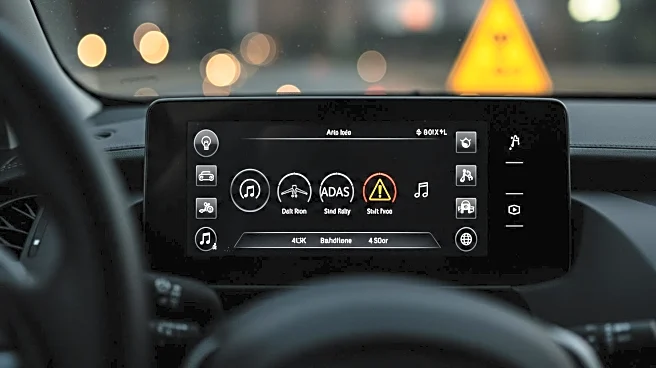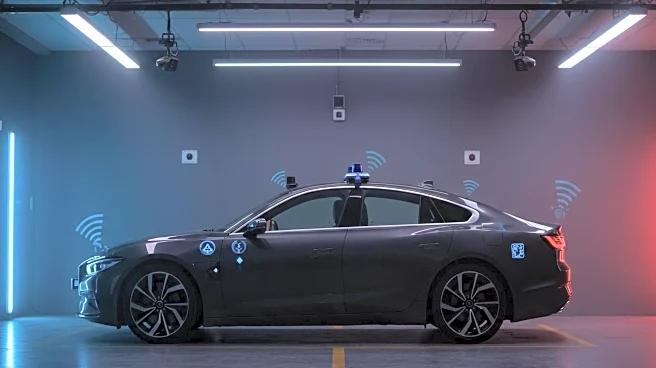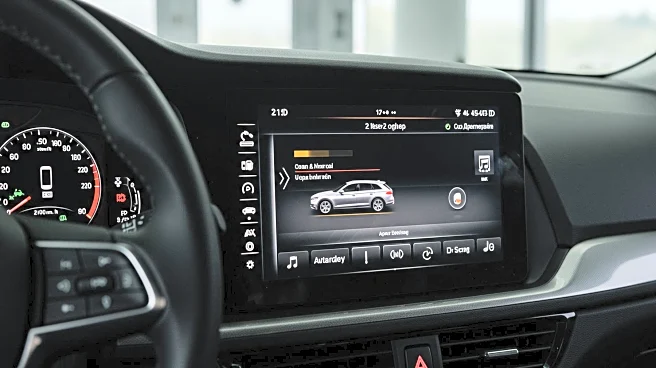What is the story about?
What's Happening?
The American Automobile Association (AAA) released a study indicating that current Active Driving Assistance (ADA) systems are not fully reliable. The study tested five cars equipped with ADA systems, also known as Traffic Jam Assistance, and found that these systems failed to handle 'notable events' such as lane cutting every 3.2 miles on average. The report emphasizes that ADA systems, which include hands-on and hands-off variants, require driver intervention and are not substitutes for human attention. The findings highlight the gap between the marketed capabilities of these systems and their actual performance.
Why It's Important?
The AAA report is significant as it raises awareness about the limitations of ADA systems, which are often marketed as advanced technologies capable of autonomous driving. The findings suggest that drivers must remain vigilant and engaged, challenging the perception that these systems can replace human drivers. This has implications for consumer safety, regulatory standards, and the automotive industry's marketing practices. The report also brings attention to ongoing legal challenges faced by companies like Tesla, which are accused of misrepresenting their systems' capabilities, potentially influencing future regulatory actions and consumer trust.
What's Next?
The AAA's findings may prompt regulatory bodies to reassess the standards and marketing practices for ADA systems. Automakers might need to enhance the safety features and transparency of their systems to align with consumer expectations and regulatory requirements. The report could lead to increased scrutiny of companies like Tesla, which are already facing legal challenges over their marketing of 'Autopilot' and 'Full Self-Driving' systems. Consumers may also become more cautious and informed about the capabilities and limitations of ADA systems, influencing purchasing decisions and driving habits.
Beyond the Headlines
The report highlights the ethical and legal challenges of marketing semi-autonomous driving technologies. It raises questions about the responsibility of automakers to ensure consumer safety and the potential consequences of misleading marketing. The situation underscores the need for clear communication and realistic expectations regarding the capabilities of ADA systems. As technology advances, the balance between innovation and safety will remain a critical issue for the automotive industry and regulators.
AI Generated Content
Do you find this article useful?













